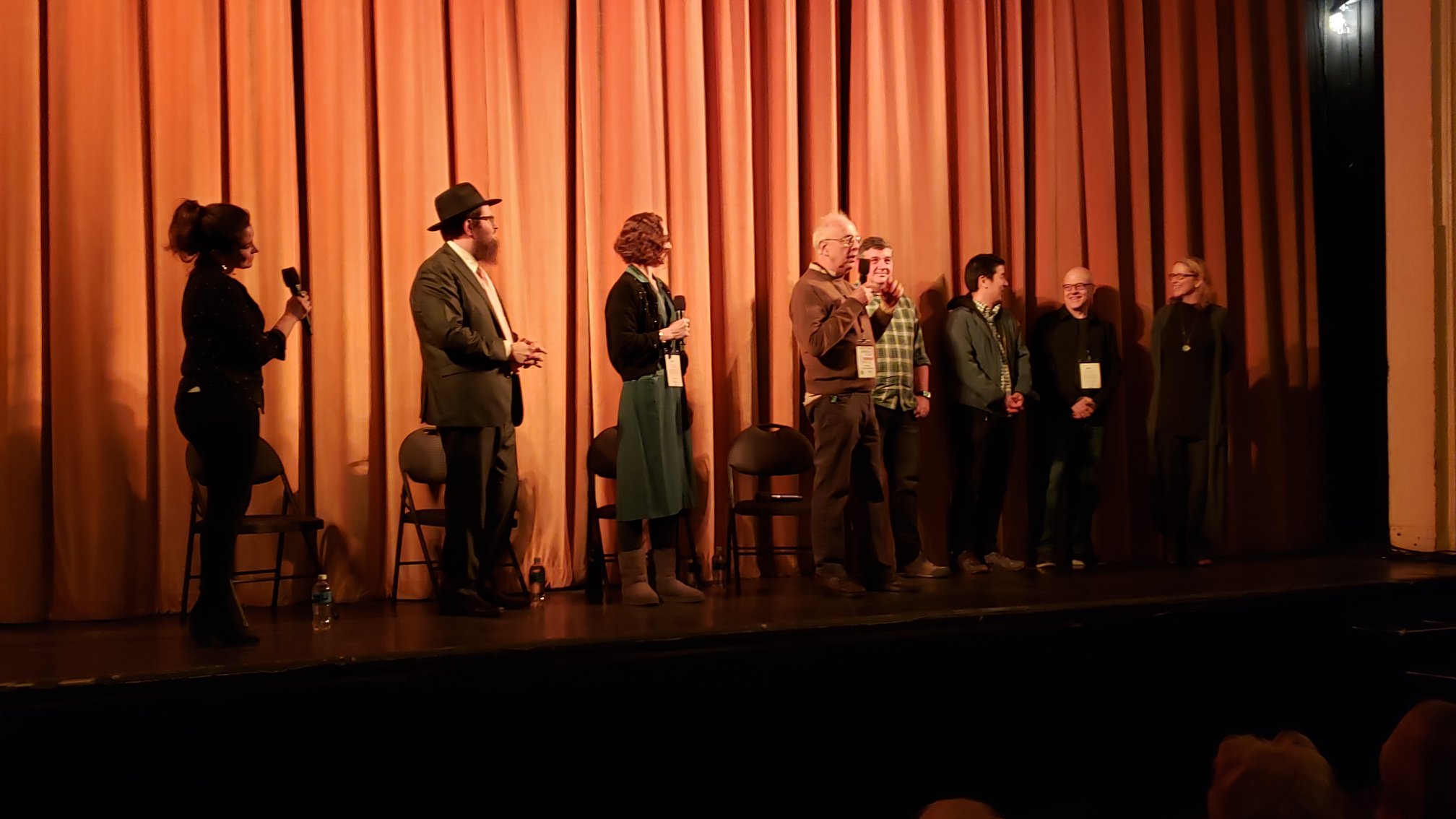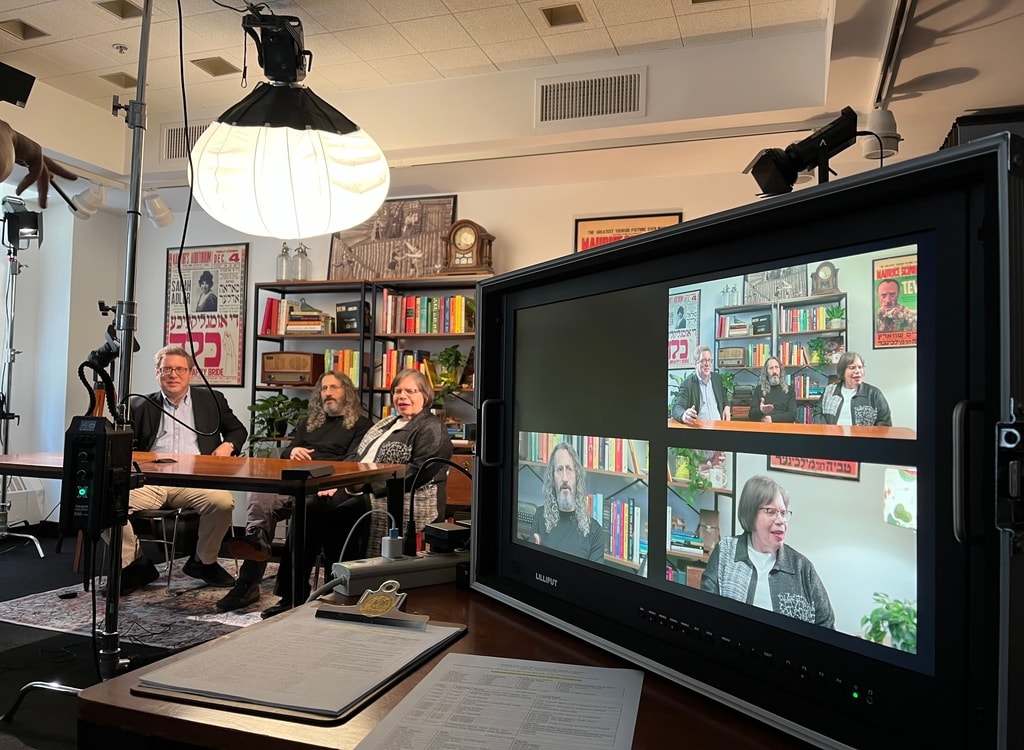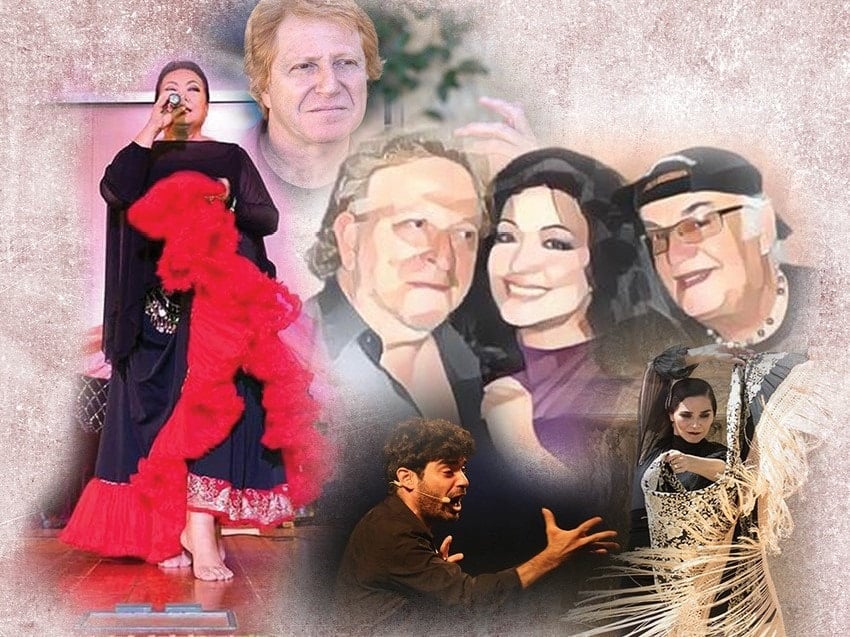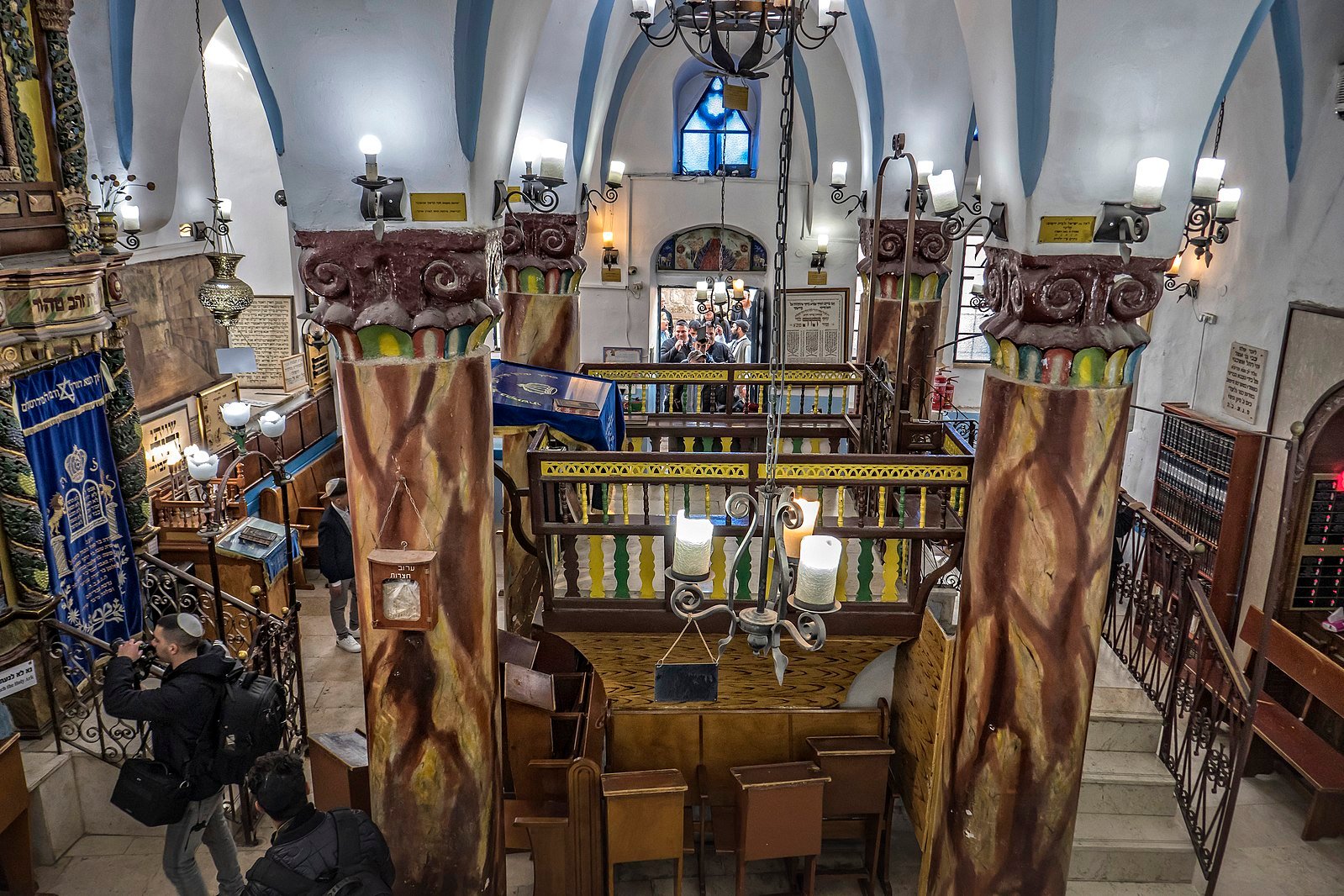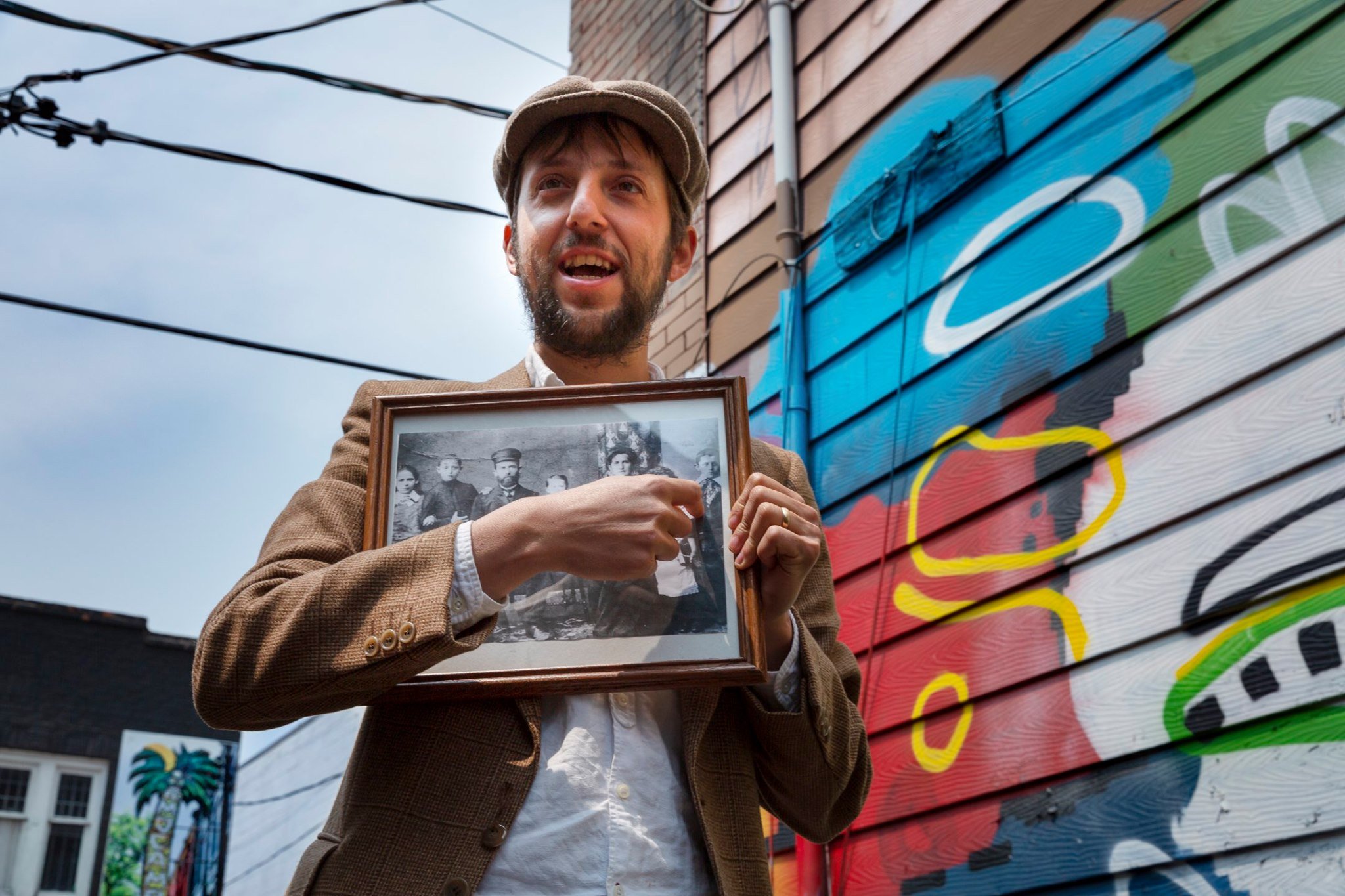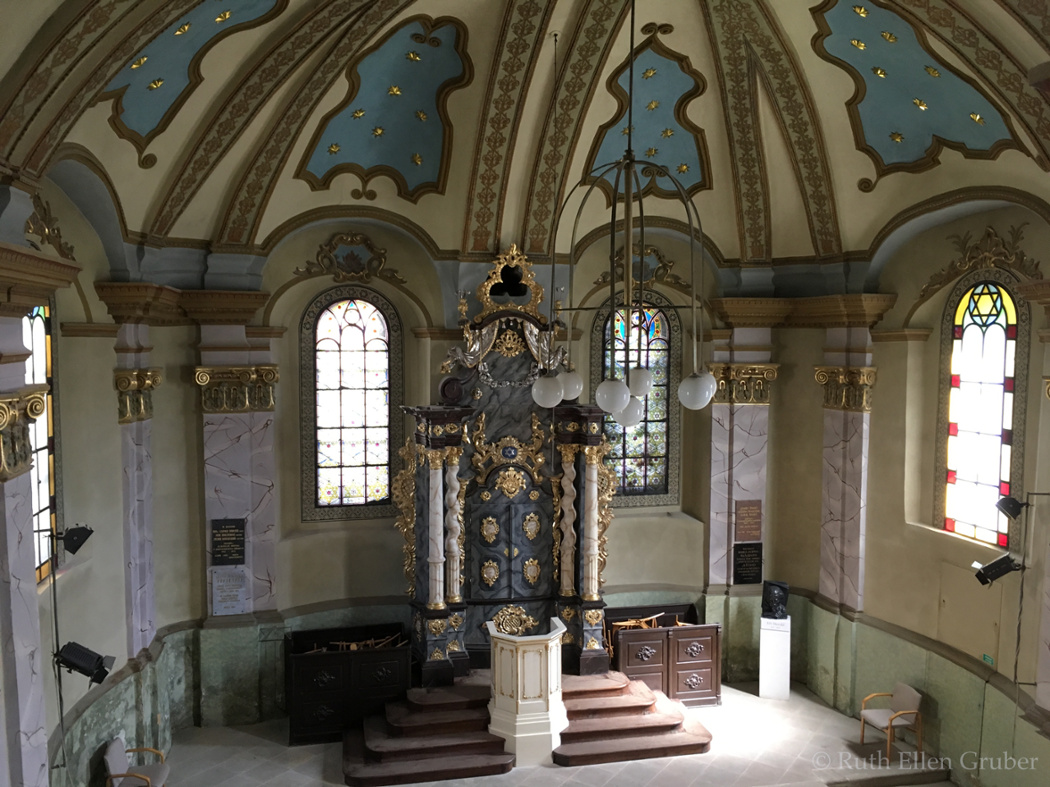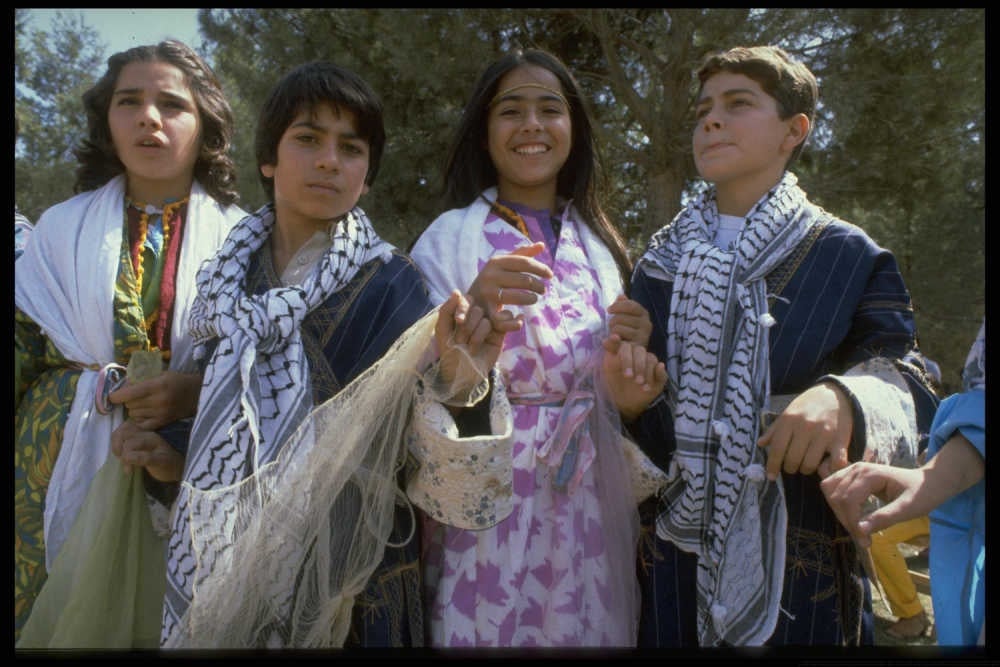The Boston Jewish Film Festival has been a destination for international award-winning films on Jewish topics and themes since 1988. The Festival has welcomed hundreds of thousands of filmgoers and guests from around the world for screenings and conversations. The annual November festival now presents more than 60 screenings at venues throughout Greater Boston.
Archives: Directory listings
Directory listings
Hannukah Lighting and Celebration
Chabad of the Central Cascades is dedicated to providing, an open door environment for strengthening and enhancing Jewish values and identity to All people, regardless of background, philosophy or level of commitment. Chabad serves individuals and families looking for a non-judgmental, accepting, personalized Jewish experience. Families across the Hudson Valley can now now get into the Chanukah spirit with community lighting ceremonies and celebrations. Find a Hanukkah event near you!
Yivo Jewish Classes
Through our programs, YIVO makes discoveries and treasures from our collections accessible and fosters the creation of contemporary Jewish culture. Explore our upcoming events and join us at YIVO soon. YIVO is the world’s premier institution for the study of Eastern European Jewry and of those Jewish communities such as that in the United States that primarily derive from the migration of Eastern European Jews. YIVO’s extensive collection is unique and irreplaceable.
Ladino Festival
The International Ladino Festival, a celebration that connects the history of the city to the present and the future, includes three days of performances, street musicians, free tours, and authentic culinary performances.
Shavout in Safed
Shavouth/Shavous is one of Judaism’s most important holidays. It is one of the three pilgrimage holidays (the others are Succot and Passover) for which Jews once traveled to Jerusalem and the Temple to bring offerings. Historically, Shavouth commemorates the day when God gave the Torah to the Children of Israel at Mt. Sinai and religiously marks the end of the Counting of the Omer. One of the most widely-observed customs of Shavouth involves staying up throughout the night to study Torah. This tradition was instituted by the ARI, Rabbi Isaac Luria, when he lived in Tzfat in the 16th century.
There are additionally a wide range of English classes on Shavouth night throughout Tzfat neighborhoods. Local accommodations are available throughout the city, including the Old Jewish Quarter, the Artist Quarter, and the newer Tzfat neighborhoods.
Image attribution: Heritage conservation picture Project – Safed Pikiwiki Israel, CC BY 2.5 <https://creativecommons.org/licenses/by/2.5>, via Wikimedia Commons
Jewish American Heritage Month Day
Jewish American Heritage Month (JAHM) is annually held in May as a time to recognize and celebrate the many accomplishments Jewish Americans have made to their country. A spotlight is shone on those who have made substantial contributions to the growth and prosperity of the American culture, in various fields such as medicine, arts, sports, entertainment, business and science.
May is Jewish American Heritage Month – On April 20, 2006, President George W. Bush proclaimed that May would be Jewish American Heritage Month. The announcement was the crowning achievement in an effort by the Jewish Museum of Florida and South Florida Jewish community leaders that resulted in resolutions introduced by Rep. Debbie Wasserman Schultz of Florida and Sen. Arlen Specter of Pennsylvania urging the president to proclaim a month that would recognize the more than 350-year history of Jewish contributions to American culture. The resolutions passed unanimously, first in the House of Representatives in December 2005 and later in the Senate in February 2006.
The month of May was chosen due to the highly successful celebration of the 350th Anniversary of American Jewish History in May 2004, which was organized by the Commission for Commemorating 350 Years of American Jewish History. This coalition was composed of the Jacob Rader Marcus Center of the American Jewish Archives, the American Jewish Historical Society, the Library of Congress and the National Archives and Records Administration.
Canada Jewish Heritage Month
Jewish Heritage Month is commemorated through various events that acknowledge the many remarkable achievements and contributions made by members of the Jewish community. It also pays tribute to Canada’s rich Jewish culture, heritage and history. Since its unanimous passing in the Provincial Legislature on 23 February 2012 — and more recently in the House of Commons on 28 March 2018 — Jewish Heritage Month provides us with the unique opportunity to learn, share and celebrate the history and culture of Jewish Canadians.
Day of Remembrance for the Victims of the Inquisition of Jews
March 31st has recently been chosen as the date to commemorate the victims of the Portuguese Inquisition. On this day in 1821 the Inquisition in Portugal was officially disbanded. This day is to remember the expulsion of Jews from Portugal, the subsequent massacres of the Jews, as well as the Portuguese Inquisition. The Portuguese Inquisition began in 1526, ending with the sudden migration of tens of thousands of Jews from Portugal. While some Jews fled, others who were forcibly converted to Christianity continued to practice Judaism in secret for centuries.
Day of Jewish Monuments
MOn the Day of Monuments, which first began celebrations in 2017, there are 50 or so selected Jewish heritage sites, in more than 40 towns throughout the Czech Republic, that are open to visitors.
Seharane Kurdish Holiday
Seharane is a 2000-year-old multi-day holiday, typically celebrated by Kurdish Jews following the last day of Passover. It commemorated the day that hametz could be brought to the temple as a first fruits offering and coincided with Mimouna, traditionally celebrated by North African Jews. The holiday was celebrated with food, drink, walks in nature, singing, and dancing.
The tradition was lost for some time during the 1950’s when the Jews were relocated to Israel , but has recently been revived. Because of the widespread and established Mimouna celebration in Israel, the Seharane celebration was moved to Chol HaMoed of Sukkot.
Before the relocation of Jews to Israel, Seharane was celebrated for 3 days following Passover. Foods and drinks typically enjoyed on this holiday include stuffed grape leaves, Dulama, Kubbah, lamb, meat, and Arak.
